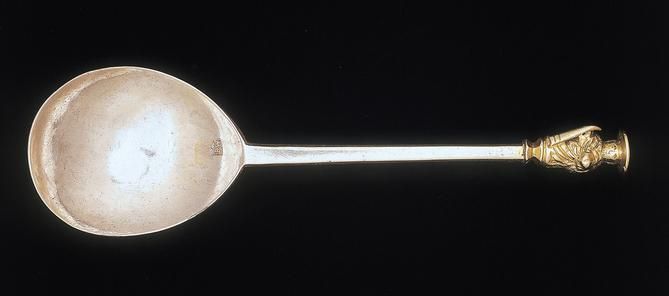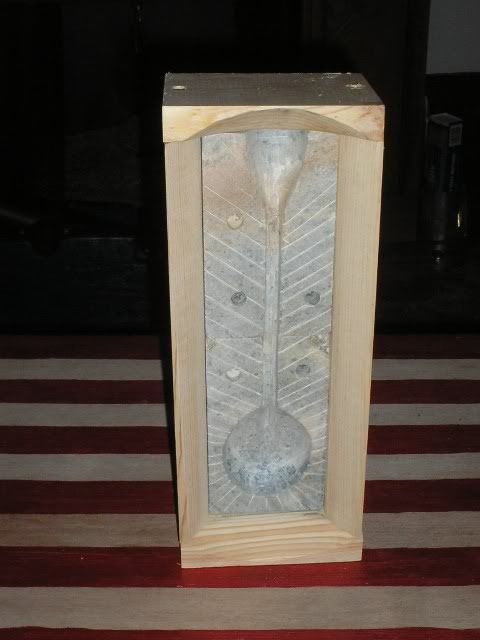Mike Harper
32 Cal.
- Joined
- Mar 14, 2006
- Messages
- 18
- Reaction score
- 0
Does anybody have info on finishing pewter spoons, once they come out of the mould? I'm trying to find pictures of period pieces to get an idea of the finish.

Were they highly polished or cleaned up to a useable degree?
I realize that pewter was a re-usable material and not many period pieces remain.
Any help would be greatly appreciated.
Mike
Were they highly polished or cleaned up to a useable degree?
I realize that pewter was a re-usable material and not many period pieces remain.
Any help would be greatly appreciated.
Mike








